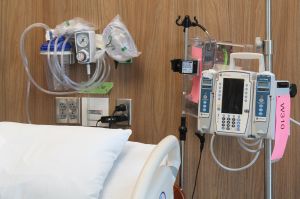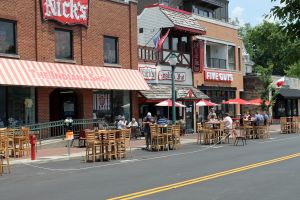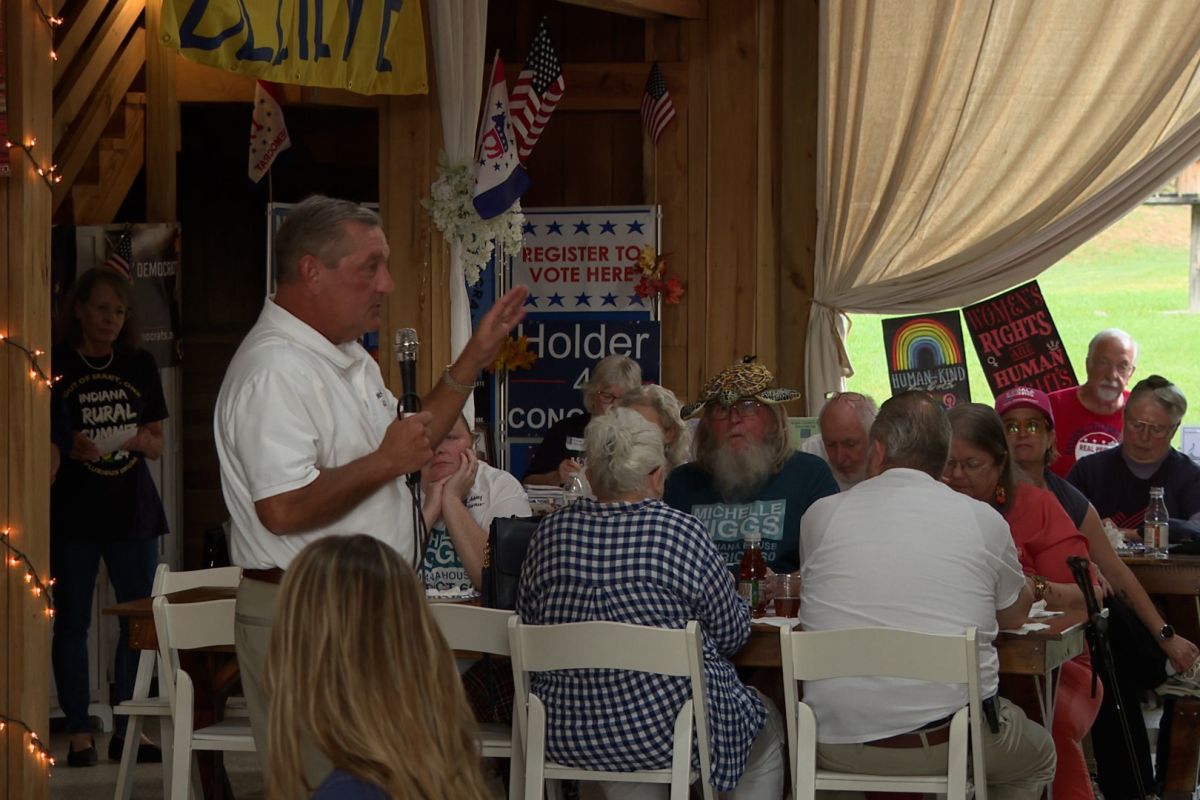
Lieutenant governor candidate Terry Goodin (D) speaks to Democrats at the Indiana Rural Summit outside of Martinsville. In historically uncompetitive districts, some Democrats are running despite the odds. (Ethan Sandweiss, WTIU)
Politically, Indiana has more in common with the South than its neighbors in the Midwest. Outside of Indianapolis and the Chicago suburbs, only small pockets of Democratic opposition exist.
Of 92 counties, five voted for Biden in the last election. In rural Daviess County, 80 percent chose Trump.
“Jesus Christ would not have a chance in Daviess County if he was a Democrat,” said Ron Critchlow, chairman of the Daviess County Democratic Party. “That’s how bad it is.”

For 50 years, Critchlow has organized for the Democrats. It can be a thankless job when he can’t find a single one to run for county seats.
“The excuse that I get is, why run when I’ll just get embarrassed?” he said.
“Matter of fact, I pretty much know all the Democrats in the county and in the northern part, you can set all the Democrats on your front room couch.”
Of 100 seats in the Indiana statehouse, Democrats are only running in 75.
Despite that, they still hope to break Republicans' 70 seat supermajority in the statehouse. That means building a power base in those rural areas that long seemed out of their grasp.
Michelle Higgs, a statehouse candidate for an area including Martinsville, started the Indiana Rural Summit to do just that.
“Me as a lone candidate running for a house seat in a largely Republican district probably was not going to get anybody's attention,” she said. “But me organizing 12 house candidates across 30 counties representing 34 percent of Indiana, that's noticeable.”
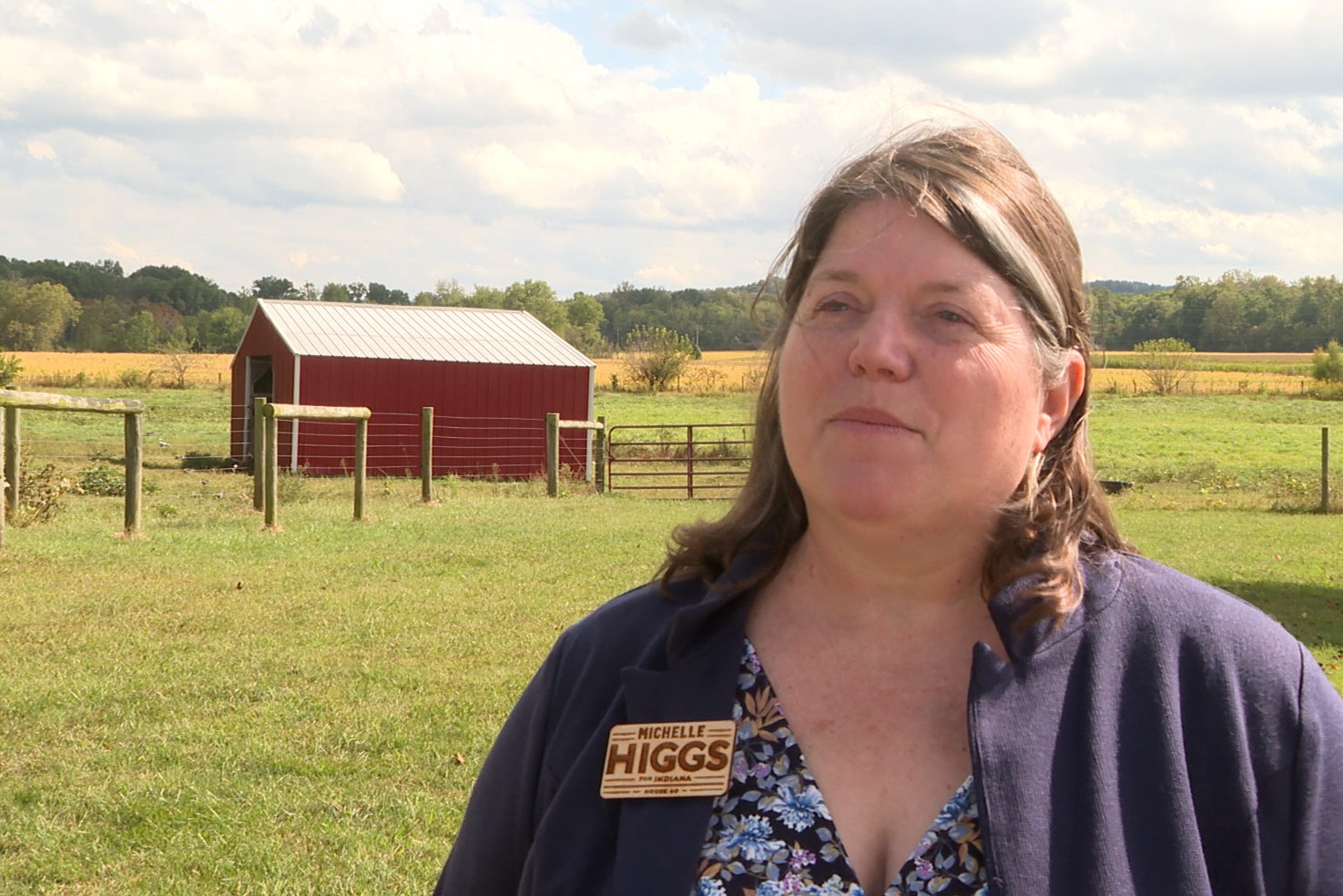
The event just outside Martinsville was a who's-who of longshot races, but some of the candidates there are gaining momentum. Thomas Horrocks, a candidate in House District 62, is running against a Republican incumbent who won in 2022 by just 74 votes. Terry Goodin, Democratic candidate for lieutenant governor, is running on a ticket that both national parties think is competitive.
Gubernatorial candidate Jennifer McCormick painted a sunny picture of recent rallies in rural Indiana.
“Democrats are finally coming out and saying, ‘Oh my gosh, I didn't know there were so many Democrats in this area,’ but it's also your moderate Republicans and your Libertarians and your independents who are coming out as well,” McCormick said in an interview with WFIU/WTIU News.
Despite that, some of those who do run, such as John E. Bartlett, a candidate for state representative in the Muncie area, have sober expectations.
“I will be ecstatic if I take back some more percentage points,” he said. “I would be over the top happy if I win and I can go to the State House and change some things.”
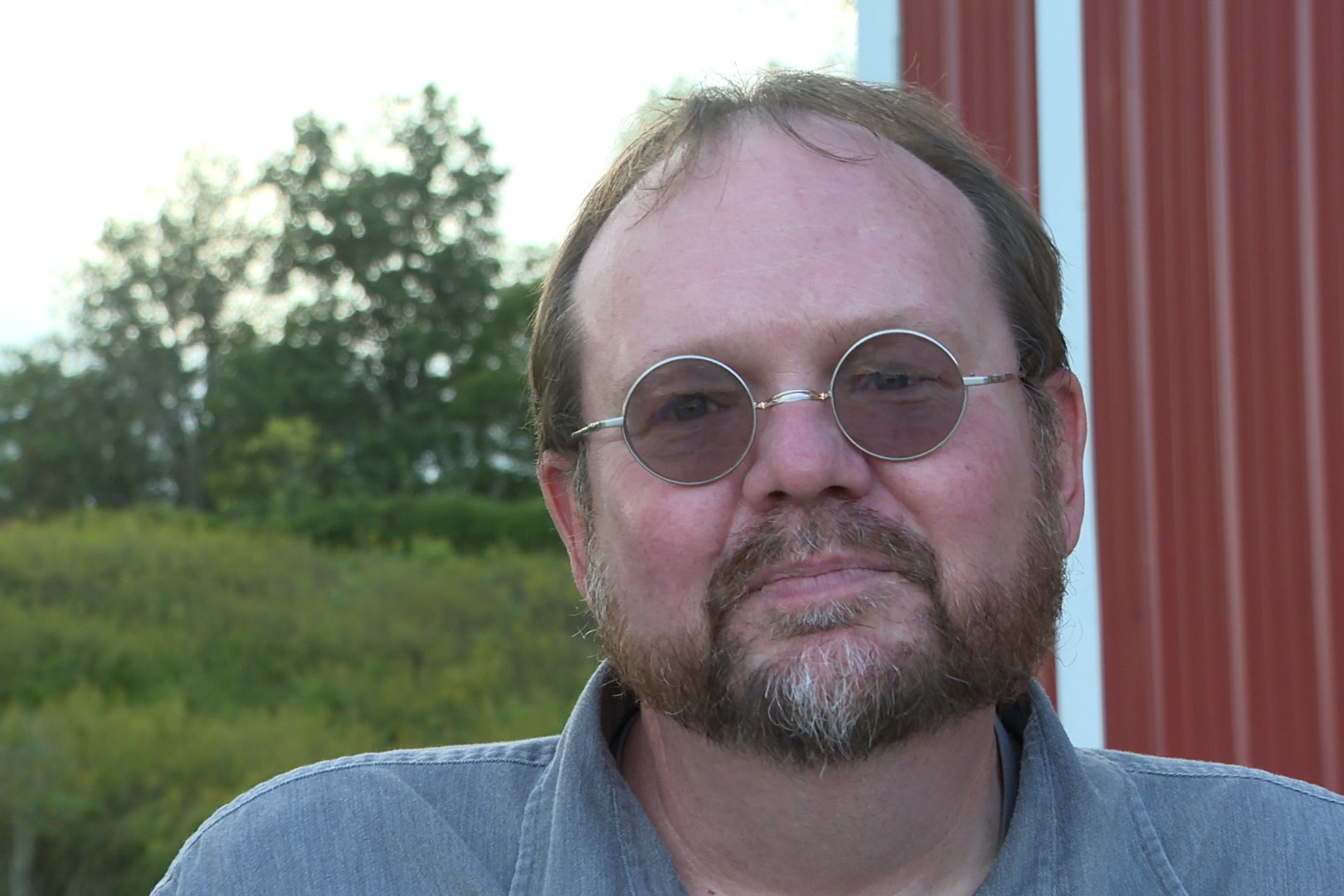
In the last election, he pulled around 30 percent of his district on the Ohio state line (a bit more than his predecessor). Bartlett grew up in Delaware County and attributes his community’s economic decline to one-party rule.
“We’ve got a Dollar General, we’ve got a gas station, we’ve got a post office, and we've got a bar,” he said. “That's what's left in our towns.”
Bartlett hopes to get a boost from enthusiasm built by the Harris campaign, and he thinks Indiana’s new abortion ban will get more women to turn out for Democrats.
But local races have a big impact on the national and state races, too. Indiana is one of only seven states that let voters pick all candidates from one party by checking a single box, something called straight-ticket voting.
Paul Helmke, a professor at Indiana University’s O’Neill School of Public and Environmental Affairs, said that by running a single Democrat down ballot, otherwise straight-ticket Republicans might break with the party on other seats.
“If you don't run somebody for county commissioner or for state rep or for the local offices, then it's going to be harder to get folks out for president or governor and senator,” Helmke said.
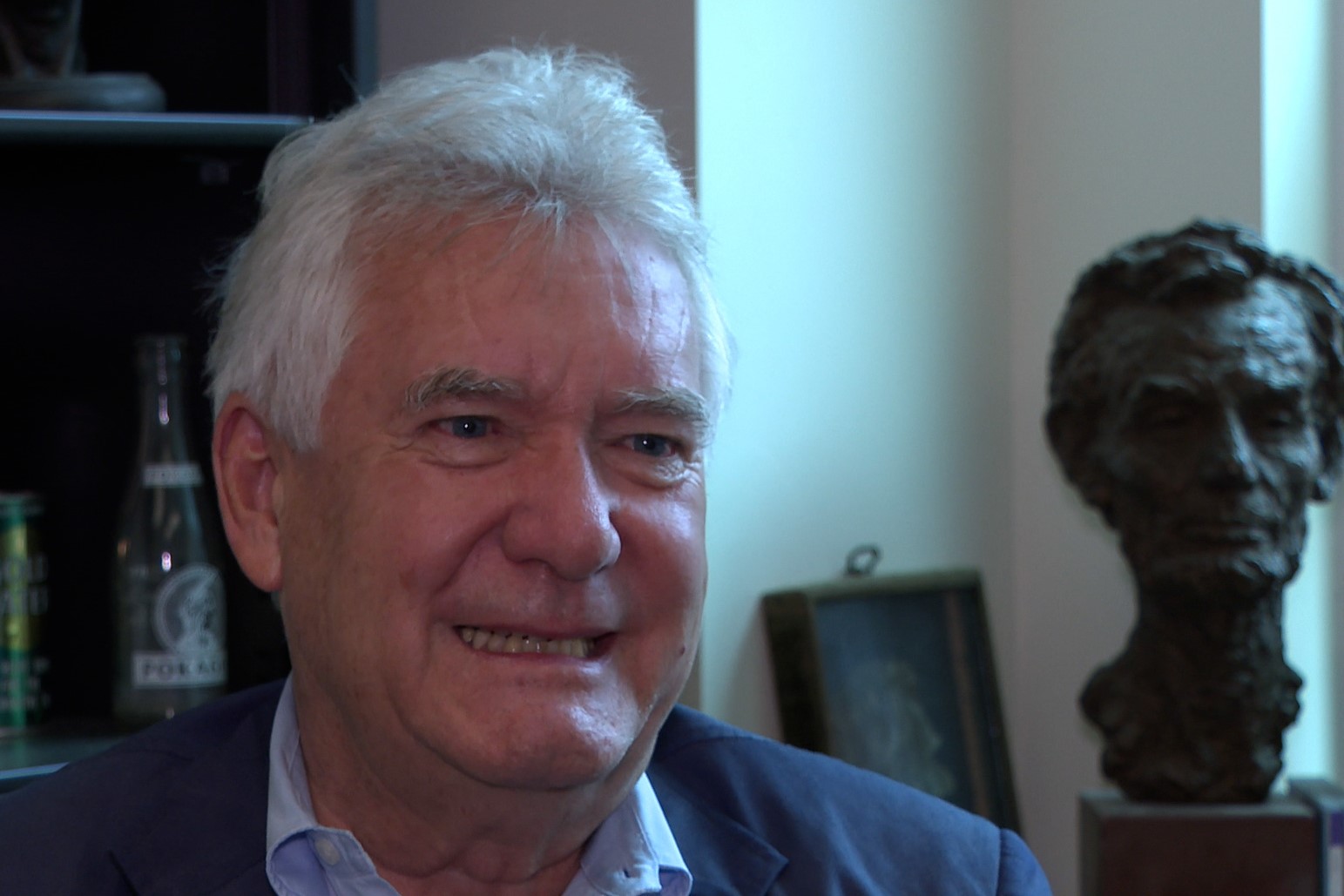
That’s essentially the strategy for candidates in rural Indiana. They’re campaigning on local issues such as school funding, property taxes and medical deserts. And they’re going for Republicans.
Said Higgs: “I definitely figured if there was ever an election where somebody would maybe not vote straight ticket, it would be this one.”
Candidates are putting that to the test in some of Indiana's most Republican races.
Trish Whitcomb grew up in Seymour, Ind. It’s in House District 69, a heavily Republican area, but she believes she has a good shot at the statehouse.
“My dad was a Republican governor and very popular in southern Indiana,” Whitcomb said. “I think that my name recognition in that way, and people knowing my family in that way, kind of takes the edge off that margin.”
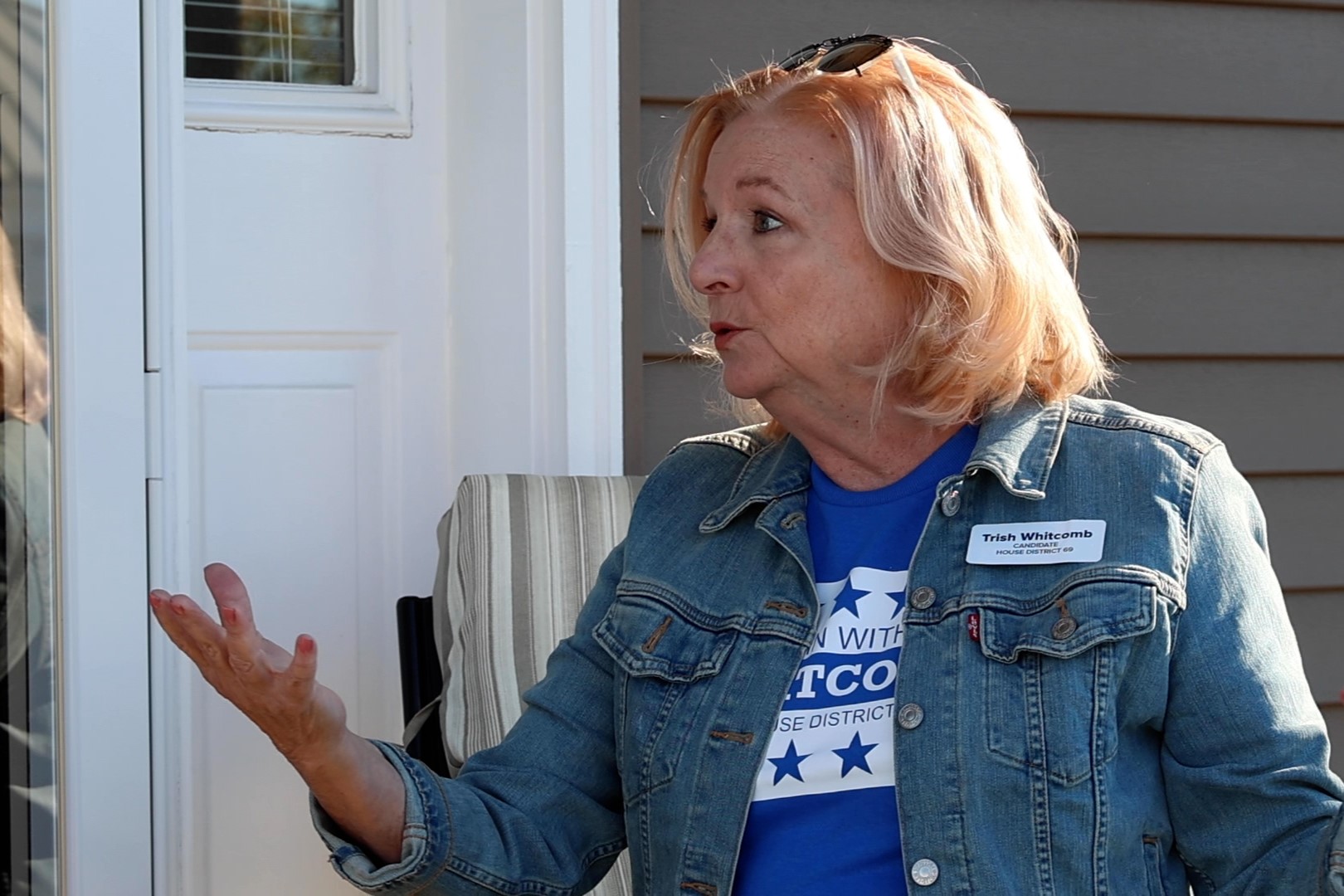
Whitcomb is trying to wrest this district from gun-toting Jim Lucas, a Republican representative who won by a landslide two years ago. She’s doing that the old-fashioned way, by knocking on doors.
“It takes about one hour to go to five farms,” she said. “It's not like canvassing in an urban area.”
The first house Whitcomb visited on a recent day belonged to a man named Barry, a retired schoolteacher and Republican. When Whitcomb asked him how he feels about Republicans’ plans to merge rural schools, he isn’t shy about his grievances.
This is a big issue for Indiana Democrats, and one they hope will swing small town voters. Whitcomb is a former teacher, as are McCormick and Goodin.
“These communities take so much pride in their small schools, and the legislators last session said that they were going to put in forced consolidation,” Whitcomb said.
We visit four more houses that day, off county roads identified by numbers.
She talked to each voter at length. She spoke with a frankness that gets people to open up.
But this is a district with 68,000 residents. That’s a lot of doors for a small party.
Do rural Democrats really have a chance? Helmke, himself a former Republican politician, said the last time national Democrats paid serious attention to Indiana elections was the 2008 primary. The state was one of the last to vote and by the general election, a strong Democratic coalition was in place.
Solid red Indiana went blue for president and five of its nine congressmen, and the statehouse.
“I think that shows that if the Democrats actually do try to get to all of the counties, to the rural areas, to the suburban areas, they're going to do well,” Helmke said. “But I think too much of the time they just write off the state and don't try.”
But Daviess County, the place that went 80-20 for Trump in 2020, supported John McCain in 2008. McCain received 68 percent of the vote.
Critchlow says he doesn’t think his neighbors will ever change their minds.
“These are all my friends, I don't get mad at them,” he said. “I get upset sometimes when they start arguing. But that's just the facts of life.”








